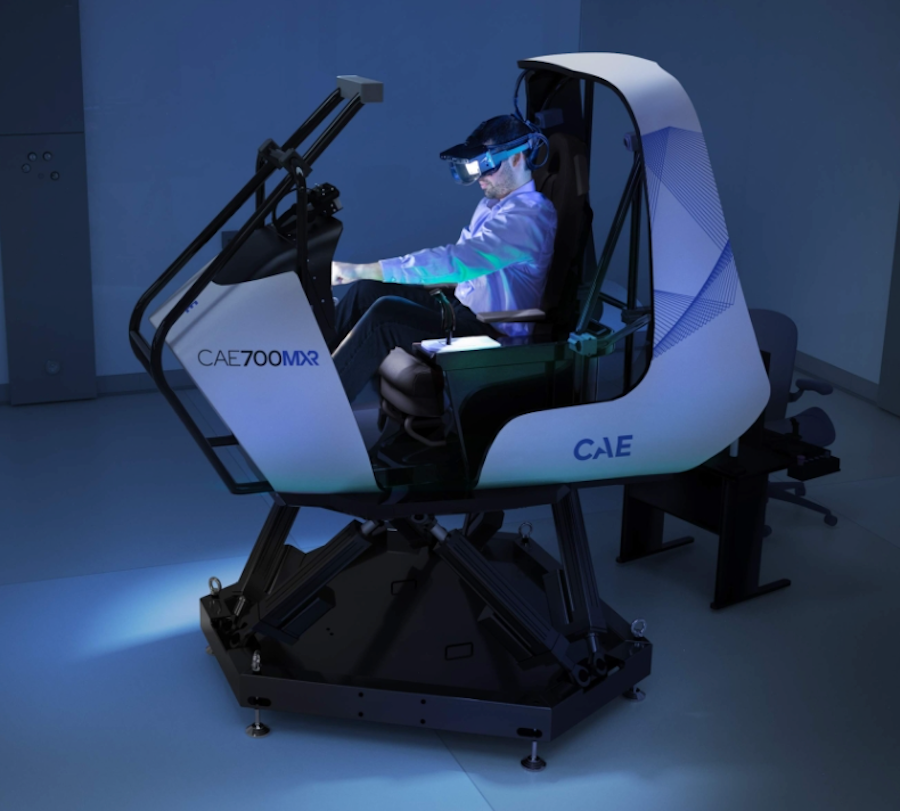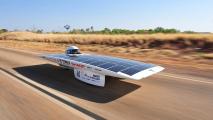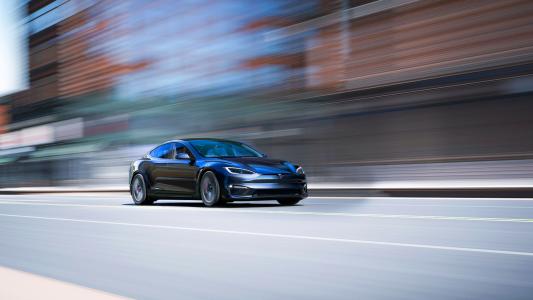It’s taking longer than “Back to the Future 2” predicted, but flying cars really could be the next big thing in transportation — dozens of companies are developing them, and several aircraft are inching closer to certification.
While Doc Brown piloted his DeLorean himself, the first flying cars will likely be treated more like aerial Ubers, with people requesting brief flights between destinations on-demand to avoid ground traffic.
So, who is going to pilot these flying taxis?
The bar for driving an Uber or Lyft is pretty low — you basically just need a valid driver’s license, a car with insurance, and the ability to pass a background check.
That meant those rideshare services could launch with a potential talent pool in the millions, but not only is no one in the US licensed to operate an air taxi, there isn’t even a system to get them licensed — and without pilots, there are no flying cars to hail.
One of the main issues is that most of the air taxis in development are electric vertical take-off and landing (eVTOL) aircraft. These battery-powered vehicles take off and land vertically, like helicopters, before transitioning to horizontal flight, like planes.
eVTOLs are relatively new, so the Federal Aviation Administration (FAA) hasn’t established any commercial pilot training or licensing protocols for them yet — but the FAA Reauthorization Act of 2024 is forcing it to create some.
“It is the sense of Congress that the United States should take actions to become a global leader in advanced air mobility.”
The FAA Reauthorization Act of 2024
The new bill, which President Joe Biden signed into law on May 16, urges the FAA to prioritize the commercialization of eVTOLs and other “advanced air mobility” (AAM) systems, and requires it to publish rules for their commercial operation, including pilot requirements, by December 16, 2024.
“It is the sense of Congress that the United States should take actions to become a global leader in advanced air mobility,” reads the bill.
“The FAA should work with manufacturers, prospective operators of powered-lift aircraft, and other relevant stakeholders to enable the safe entry of such aircraft into the national airspace system,” it adds.
“We can make training faster, better, and more affordable.”
Stella-Marissa Hughes
While Congress pushes the FAA to do its part to get air taxi services operational Stateside, eVTOL makers are already developing pilot training programs for their vehicles in the US and beyond.
Archer Aviation recently partnered with Etihad Aviation Training to recruit and train pilots for its eVTOL in the United Arab Emirates, while Volocopter just got the go-ahead from the German government to start training pilots through its own subsidiary, Volocopter Air Services.
Several eVTOL makers, including Joby Aviation and Vertical Aerospace, have partnered with international pilot training company CAE. In 2022, it unveiled a mixed reality flying simulator, called the CAE 700MXR, that’s specifically designed for eVTOLs.
“Using immersive technologies such as AR and VR for flight training is starting to gain traction with regulators,” Stella-Marissa Hughes, air traffic services training center leader at CAE, told the Royal Aeronautical Society (RAS) in 2023. “This means we can make training faster, better, and more affordable.”

Keeping training costs low could be vital to ensuring sufficient demand for these programs once they’re established and given the green light by the FAA.
Right now, a person in the US can expect to earn about $50,000 per year as an entry level pilot after spending about $92,000 on licensing and training. The median salary for airline and commercial pilots in all stages of their careers, meanwhile, is $171,210 per year, so there is room for salary to grow.
If eVTOLs are going to revolutionize urban transportation, the services need to be cheap enough for people to want to use them — the primary allure of an air taxi is speed, but it’s hard to imagine many people paying exponentially more to get across town only a bit faster than they would in a Lyft.
To keep costs low for customers, air taxi developers will need to keep pilot salaries low, too — in 2021, Joby estimated paying its pilots $0.88 for every mile flown with four passengers on board ($0.22 per passenger/mile).
According to Michael Halaby, a Fellow of the Royal Aeronautical Society, it’s reasonable to assume an air taxi pilot would be able to complete two 14-mile flights per hour. If both flights were full, they’d make $24.64 per hour — less than the average hourly wage in the US.
The FAA prohibits commercial pilots from flying more than 1,000 hours a year, and if those rules hold for eVOTLs, even if an air taxi operator flew as much as possible, they could end up making just $24,640 annually from the job — about half of what they could earn as an entry level pilot.
“We need to work towards a point where hours flown in an eVTOL count towards a pilot’s future career.”
Stella-Marissa Hughes
It would be hard to justify spending almost $100,000 to get licensed for a job that pays that little, so faster, cheaper, more accessible training programs will be essential to the success of the air taxi industry.
Even if the licensing process isn’t more affordable, though, there are other ways to incentivize people to make the investment, such as giving them a path to a higher paying job in the future.
“As a sector we need to work towards a point where hours flown in an eVTOL count towards a pilot’s future career,” Hughes told the RAS. “That is an important thing for regulators to listen to industry about.”
She also suggested that recruiters could target commercial pilots who might make the switch to eVTOLs because they think the lower pay is a worthwhile tradeoff for a better work/life balance.
“The opportunities that an AAM career offer[s] could be particularly appealing for people who have personal commitments or those who want to continue to be a pilot but might also work part time in business or continue studies,” said Hughes. “Plus there are the ‘end of career’ pilots who still want to do some flying but not on a full-time basis.”
Ultimately, the problem of finding and training pilots for air taxis could end up being a temporary one for the eVTOL industry — many developers envision their vehicles eventually flying themselves.
For that to happen, they’ll need to create reliable automation systems (something many are already working on) and navigate the certification process again. While the FAA at least has a framework in place for certifying pilots and the planes they fly, autonomous passenger aircraft are brand new territory, so establishing regulations for them could take even longer than figuring out the pilot situation.
If/when autonomous eVTOLs are authorized, ride costs could come down for passengers, but as cool as “Back to the Future 2” made flying cars look, it might take a minute before the public starts to feel comfortable flying across cities in piloted eVTOLs — getting it to warm to idea of hopping aboard an aircraft with no pilot could take even longer.
For now, then, it seems pilots are going to be key to getting air taxi services off the ground, and thanks to Congress, the eVTOL industry should know before the end of the year what it’ll take to get people behind the controls of their futuristic aircraft.
We’d love to hear from you! If you have a comment about this article or if you have a tip for a future Freethink story, please email us at [email protected].






